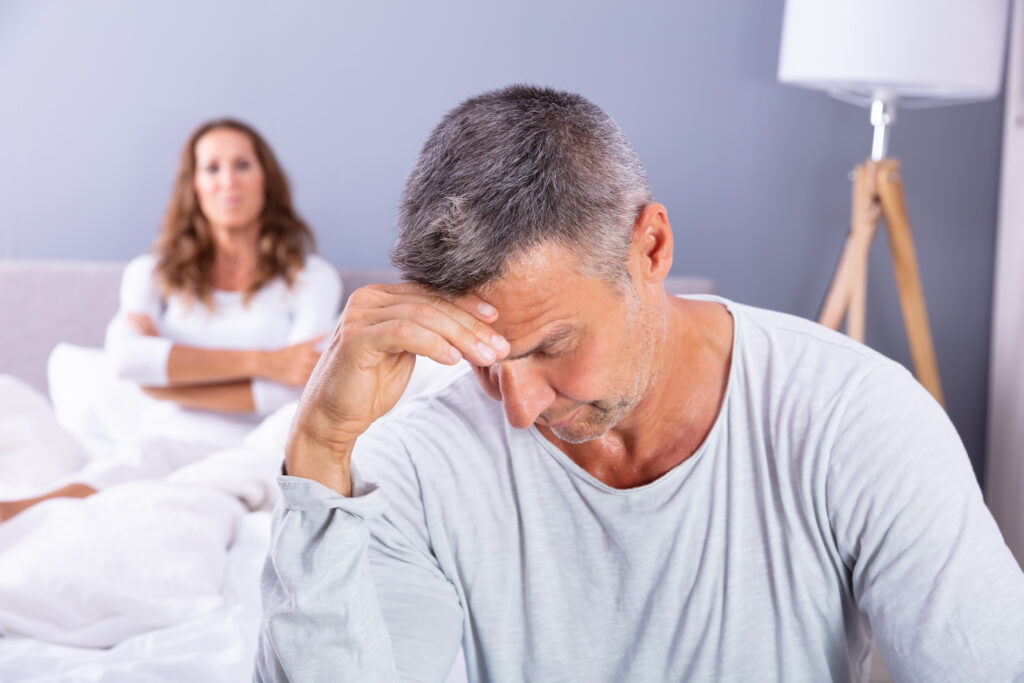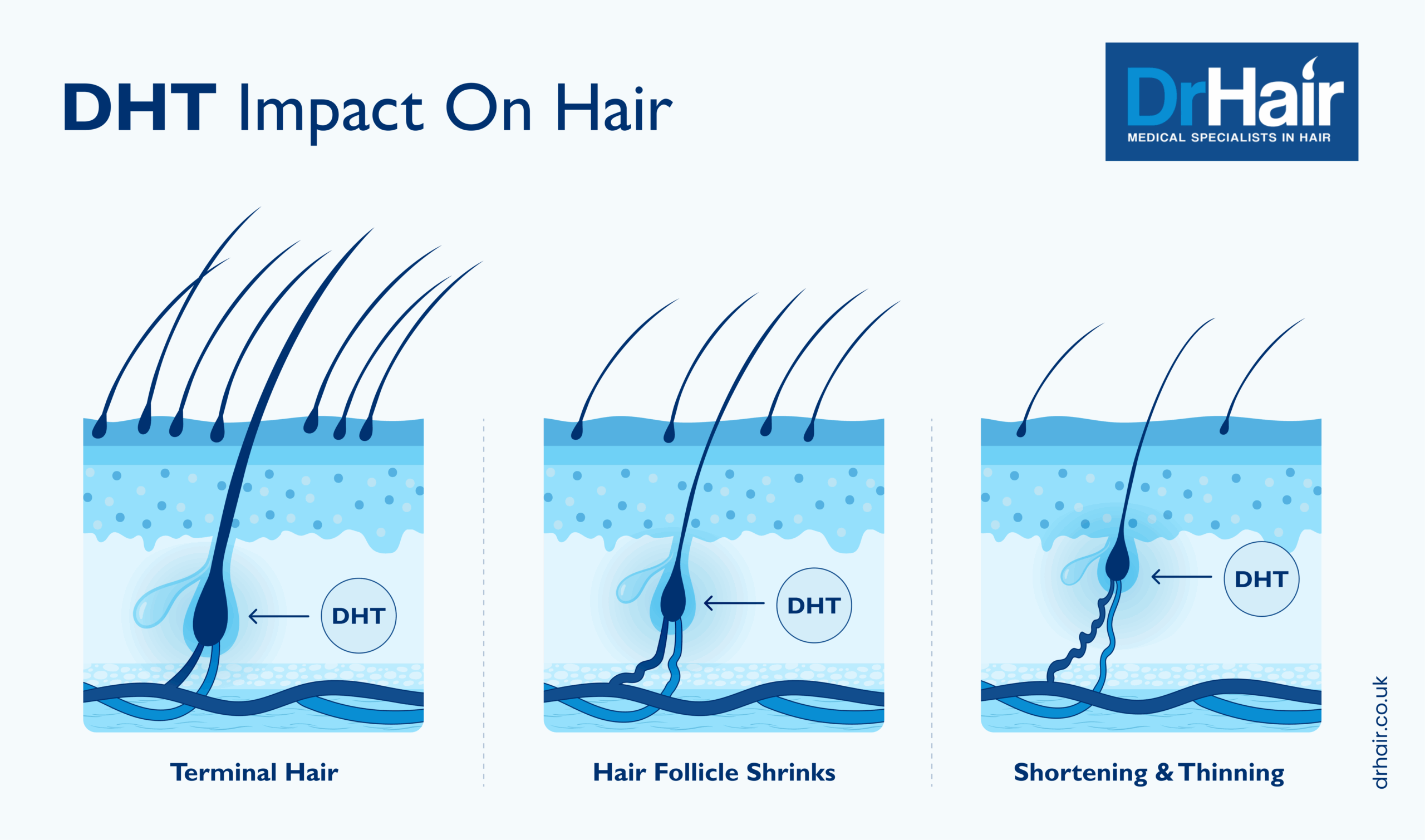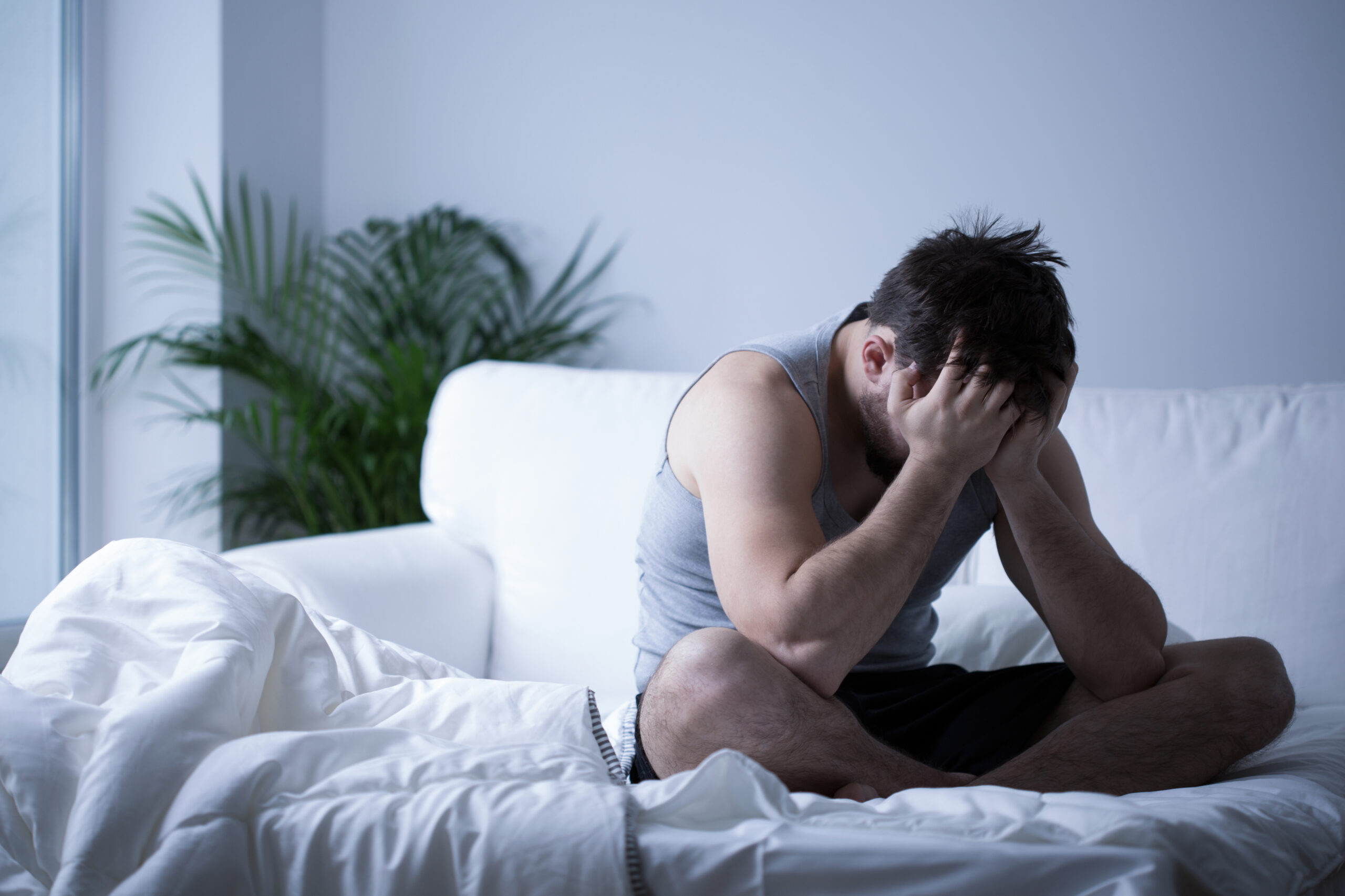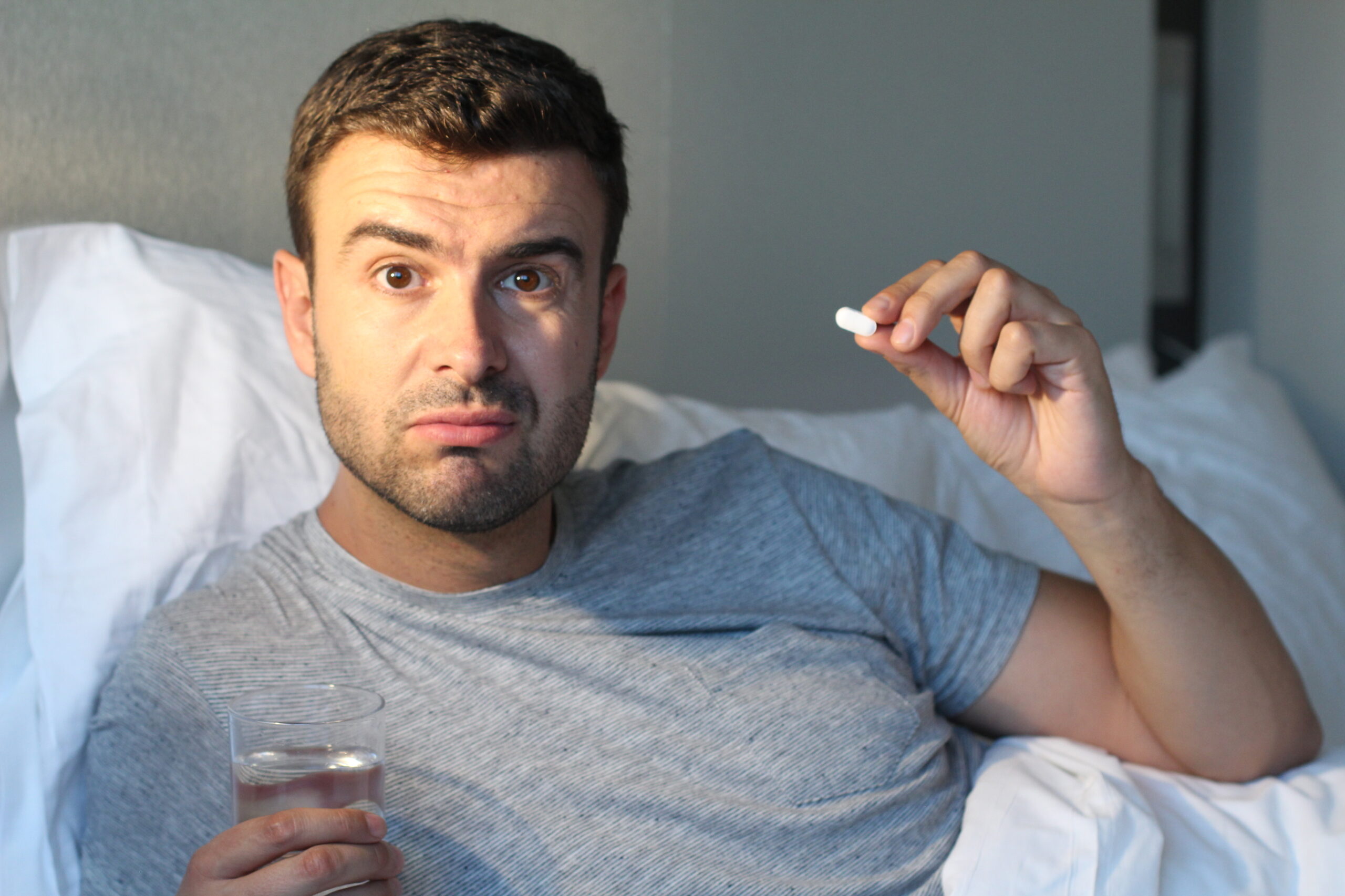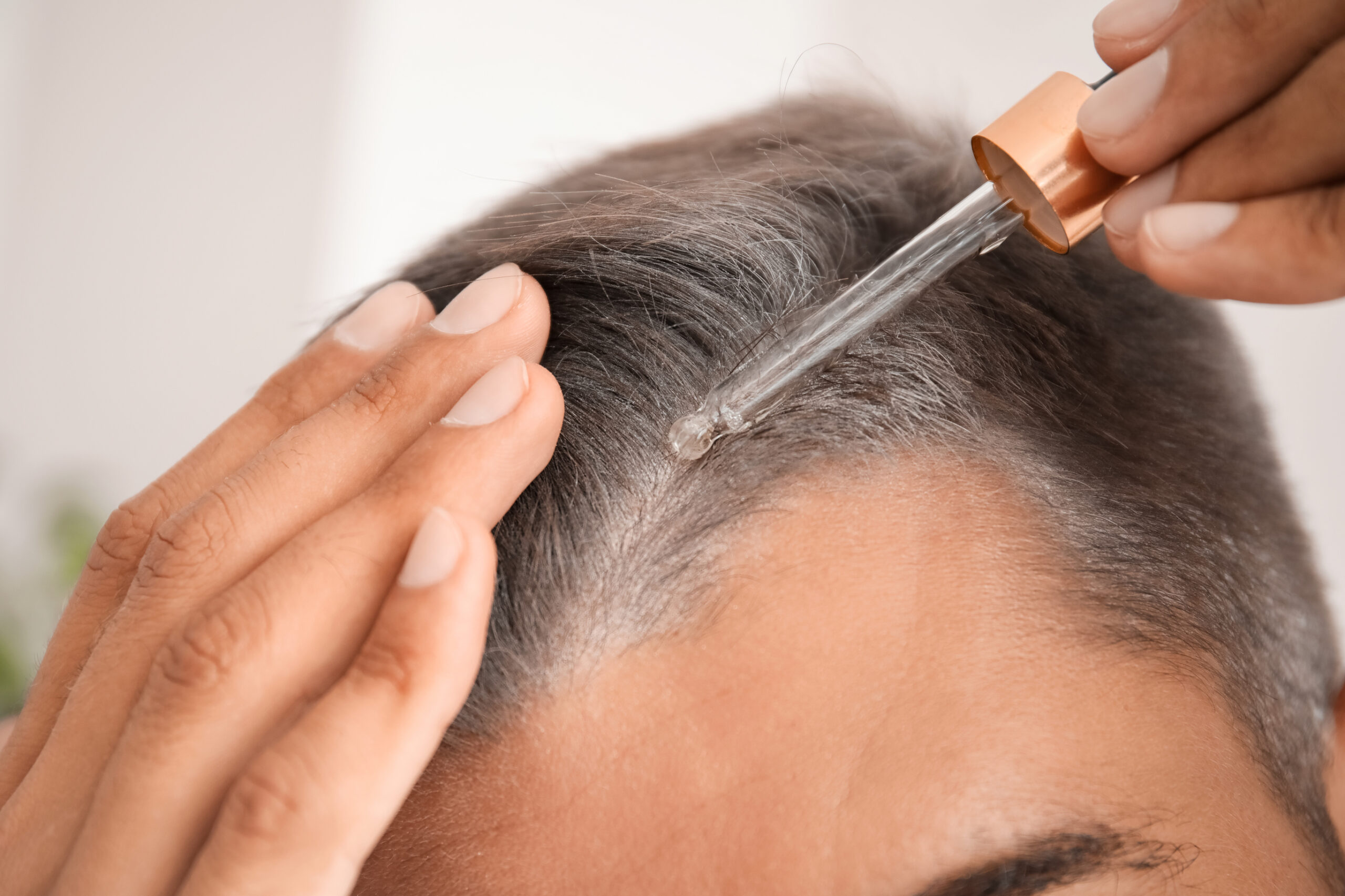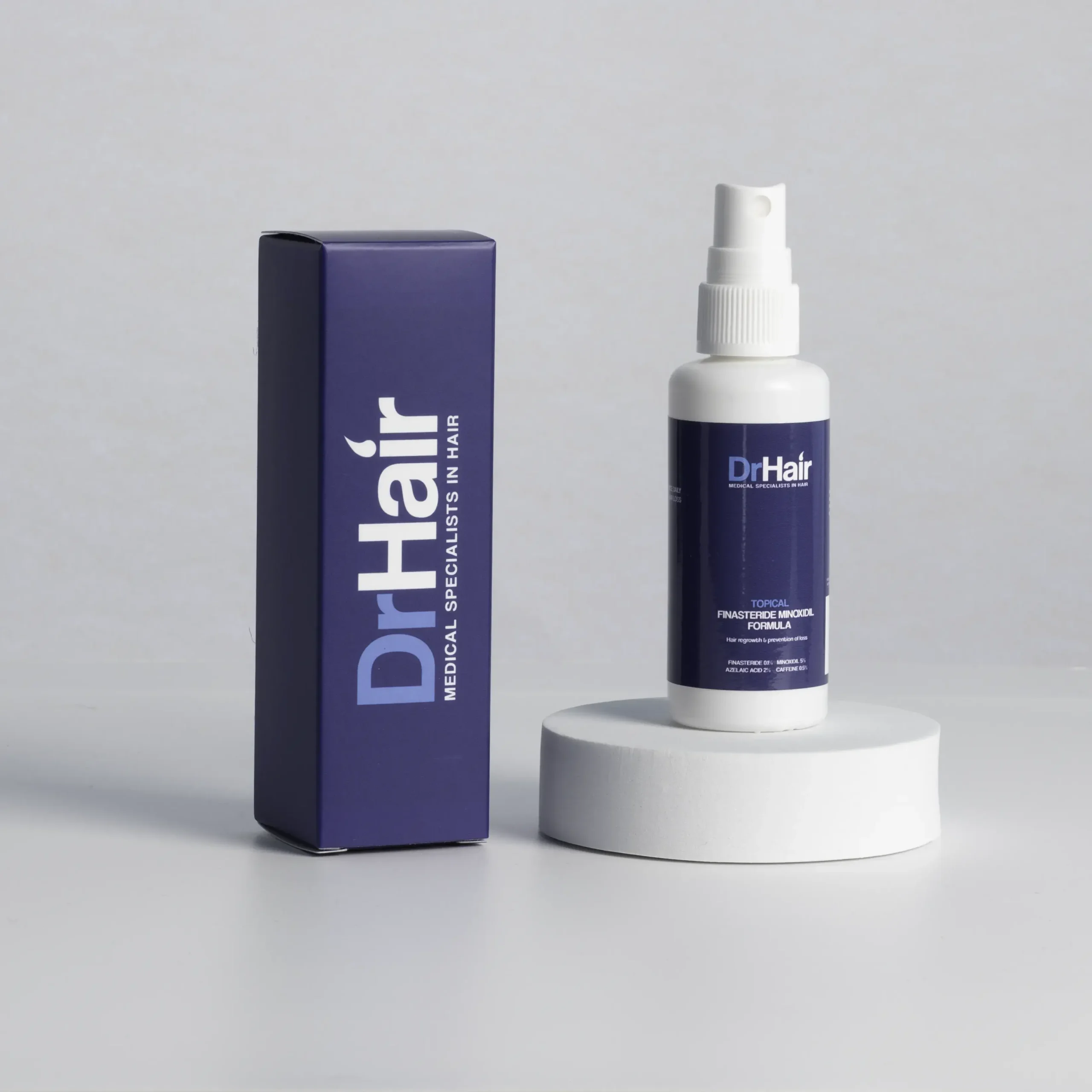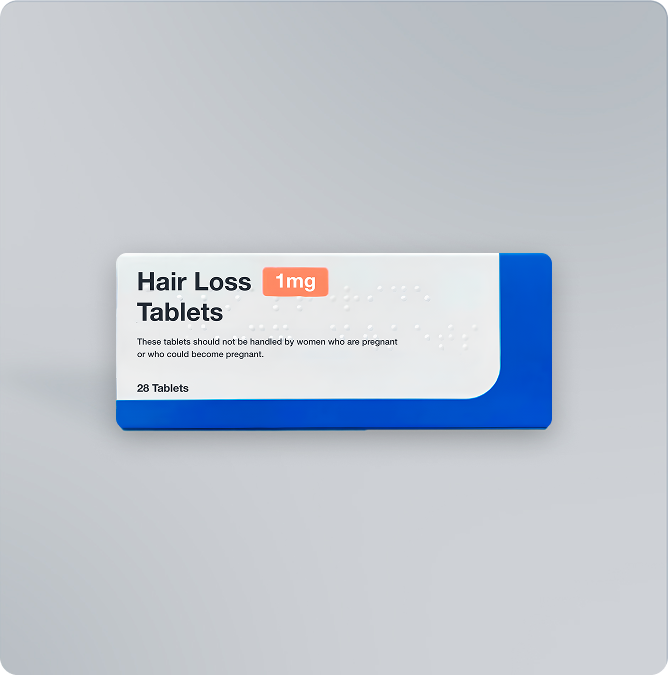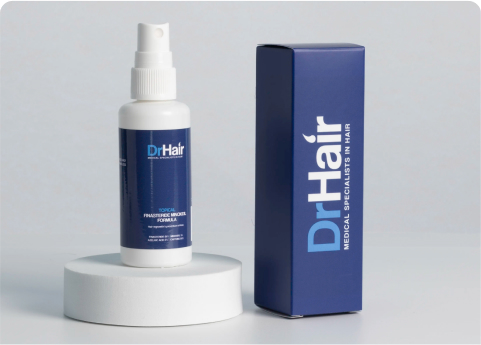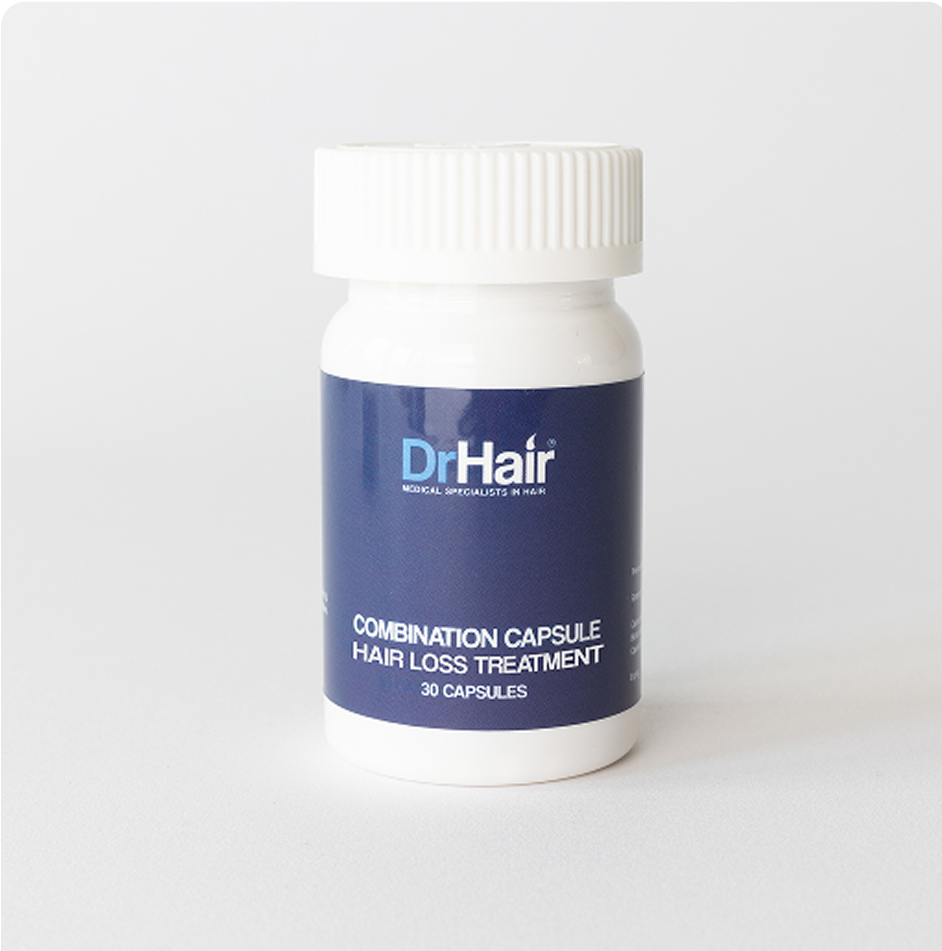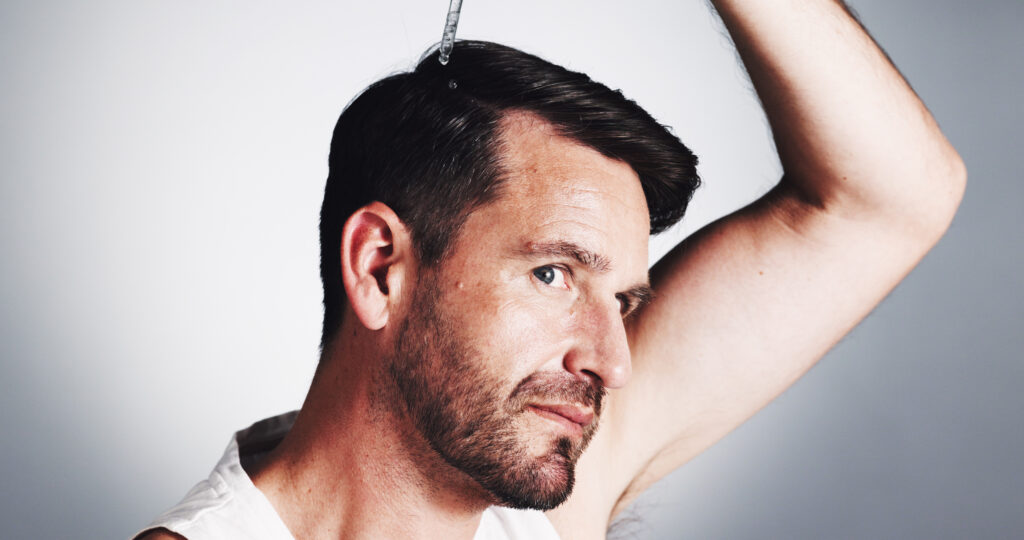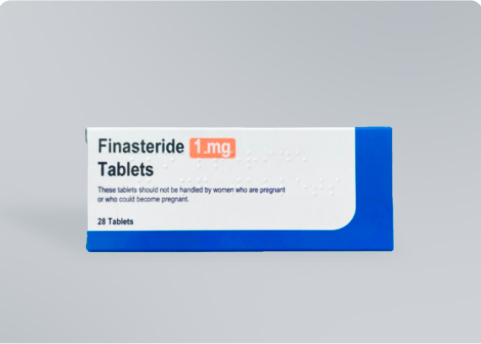Finasteride is generally considered a safe and effective hair loss medication. It has been studied thoroughly and was approved by the MHRA for male pattern baldness in 1999 [1]. However, this medication is known to produce persistent sexual and psychological side effects in 3-5% of users [2]. A few of them have reported still having symptoms years after treatment cessation [3]. This raised concerns that finasteride side effects may be permanent.
The good news is that only very few finasteride users keep experiencing adverse reactions after a year of consistent use and most of the adverse reactions subside soon after treatment cessation [4]. And so far, there is insufficient proof that finasteride side effects can be permanent. This article will tell you all about this topic, including:
- What finasteride side effects are and how long they normally last
- What post-finasteride syndrome is and who may be predisposed to it
- How to prevent or reduce persistent finasteride side effects
- Alternatives to finasteride for male pattern baldness
Table of Contents
- What is finasteride?
- Finasteride side effects
- Are finasteride side effects permanent?
- What is post-finasteride syndrome?
- How long after stopping finasteride will side effects stop?
- Who is at risk of permanent finasteride side effects?
- Can you avoid permanent finasteride side effects entirely?
- How to prevent and reduce finasteride side effects
- Is taking finasteride worth the risk?
- Finasteride alternatives for male pattern baldness
- Get safe and effective finasteride from DrHair
- Frequently asked questions
What is finasteride?
Finasteride is the most widely-prescribed hair loss treatment in the world (alongside minoxidil). It is one of the two FDA and MHRA-approved medications for male pattern baldness. Finasteride works by reducing your dihydrotestosterone (DHT) levels. It inhibits the activity of an enzyme called 5-alpha reductase, which converts some of your testosterone into DHT [5].
This male hormone binds to androgen receptors within your hair follicles, leading to hair miniaturisation and eventually to baldness. Thus, lower DHT levels mean healthier hair follicles for men who are genetically more sensitive to this male hormone.
This medication is commonly used orally, as a tablet taken once a day. However, topical finasteride works as well and you can get it as a solution, gel, spray or foam.
Finasteride side effects
Millions of people take finasteride every day without experiencing any adverse reactions. However, as it can happen with any medication, a small subset of finasteride users (according to most studies, less than 5% [2]) can develop unwanted side effects. Here are some of the more serious side effects of finasteride [1][6][7]:
- Erectile dysfunction
- Finasteride-induced decreased libido
- Ejaculation dysfunction
- Enlargement of breast tissue in men (gynecomastia)
- Finasteride depression
- Anxiety
- Very rarely, suicidal ideation
- Very rarely, finasteride may affect fertility
Are finasteride side effects permanent?
In most cases, finasteride side effects are temporary. Research shows that they are most intense about 6 months after treatment starts, then gradually subside. Most affected patients no longer experience adverse reactions after 1 year of consistent finasteride use [4].
If you experience side effects which significantly affect your quality of life, they will almost always resolve after you stop taking finasteride. However, an extremely small number of users report developing what has become known as post-finasteride syndrome.
What is post-finasteride syndrome?
Post-finasteride syndrome is a term used for prolonged finasteride side effects, which can persist for years after treatment cessation [8]. A few men have reported that their finasteride-induced sexual dysfunctions and psychological symptoms (especially depression) persist long after they have stopped taking this medication.
This occurrence is so rare that there is very little research to study it. Some scientists are sceptical that finasteride treatment is what caused the reported symptoms. They believe them to be either coincidental, caused by other underlying health problems [8] or a result of the nocebo effect (where fear of treatment side effects makes patients experience the adverse reactions through autosuggestion) [9].
However, other researchers believe post-finasteride syndrome may be real. Their theory is that by lowering your DHT levels, finasteride can impact some of the neuroactive steroids in your brain which are involved in both sexual function and mood regulation [10][11]. More research is needed to demonstrate this.
How long after stopping finasteride will side effects stop?
Studies show that after 1 year of finasteride use, most men report similar side effect incidence as those in placebo groups [11]. Normally, adverse reactions peak after 6 months, then begin to subside after a year of consistent finasteride use, and should resolve completely before the second year [4]. And if you decide to stop treatment, side effects should also cease shortly.
However, people with post-finasteride syndrome report sexual and psychological side effects for 40 months on average after treatment cessation (some still experience adverse reactions after more than a decade) [12].
If you are still experiencing finasteride side effects after more than 2 years of treatment or after more than a couple of months after stopping treatment, it is best to see your GP. They can help rule out any underlying conditions that may be causing your symptoms. If you are still taking finasteride and your healthcare provider finds no other physical or psychological cause for your symptoms, you may be advised to try an alternative hair loss treatment.
Who is at risk of permanent finasteride side effects?
At this time, with the available knowledge, we can’t say for sure that finasteride causes permanent side effects. So there is no telling who is the most predisposed to developing post-finasteride syndrome.
However, some groups are at higher risk of developing finasteride adverse reactions in general (and symptoms may persist for a proportion of these users) [2][14]:
- Men who are genetically more sensitive to DHT
- Men who are younger than 45 (when it comes to depression and anxiety)
- Men who are already experiencing a neuroactive steroid imbalance
- Men who have a history of sexual and/or psychological dysfunction
Can you avoid permanent finasteride side effects entirely?
Unfortunately, no magical tip or solution can guarantee that you won’t experience permanent finasteride side effects. That is especially true since research shows that some users develop persistent adverse reactions through autosuggestion alone, via the nocebo effect [9].
However, there are several things you can do to minimise your chances of developing systemic finasteride side effects that have the potential of becoming permanent (see below).
How to prevent and reduce finasteride side effects
If you are concerned about permanent finasteride side effects, the best thing to do is to opt for a topical formulation. While topical finasteride can also have side effects (such as scalp itching, burning or flaking), they are usually mild and temporary. It does not normally result in sexual or psychological dysfunction [15][16], as the quantity of finasteride that gets into your bloodstream is too small to cause systemic side effects.
There are also other things that you can do to keep finasteride adverse reactions at bay or to try to reduce their intensity if they have already occurred:
- If you have a history of depression or sexual dysfunction, let your trichologist know before prescribing finasteride.
- Keep a positive attitude about your treatment, focusing on the benefits and the low chances of developing adverse reactions (to avoid experiencing a nocebo effect).
- Take your finasteride exactly as prescribed, preferably around the same time every day.
- Do not increase your finasteride dose without your trichologist’s approval (doing so may not increase your hair growth but can increase the risks).
- Do not take an extra finasteride pill to compensate for a missed dose.
- Store your finasteride in a cool, dry place to maintain its properties.
- Talk to your healthcare provider about the possibility of getting treatment for your sexual or psychological dysfunction.
Is taking finasteride worth the risk?
Approximately 30 million people take finasteride worldwide and only 3-5% experience persistent side effects [2]. Out of these, only a very small fraction report permanent symptoms, which continue after treatment cessation.
Taking into consideration that finasteride curbs hair loss and improves hair density in 80-90% of patients with androgenetic alopecia [17], the benefits of this treatment generally outweigh the risks.
However, you are the only one who can decide if you are comfortable with the very small chance of developing permanent finasteride side effects. If you would rather not take this risk, you can try one of the other effective treatments for male pattern baldness.
Finasteride alternatives for male pattern baldness
While it is very effective against male pattern baldness, finasteride is not the only medication that can help treat this condition. So if you are looking for other options, here are some of the best treatments you can try.
Minoxidil
This medication is the other FDA and MHRA-approved treatment for androgenetic alopecia. Minoxidil has no permanent side effects, it is safe and very effective. It is used to treat a variety of hair loss conditions, including male pattern baldness.
Minoxidil works by dilating the blood vessels in your scalp so more oxygen and nutrients can reach your hair follicles [18]. This helps some of the miniaturised hair return to normal and gives your follicles all the necessary resources to produce healthier strands.
Platelet-rich plasma (PRP) hair treatments
Platelet-rich plasma is obtained from a small sample of blood harvested from your arm. The blood is processed and the PRP is separated from the rest of the blood fractions using a centrifuge. Then the PRP is injected into the thinning spots on your scalp. Since it contains large concentrations of growth factors, this treatment can help repair your hair follicles and the blood vessels that nourish them [19].
Red light therapy for hair
This treatment involves exposing your scalp to red or near-infrared light. The light is absorbed into the skin and helps dilate the small blood vessels in the scalp, improving blood flow to your hair follicles. Moreover, it also optimises the activity of your cell mitochondria, which helps transport more energy to your hair follicles [20].
Hair transplant
Hair restoration surgery is the only permanent treatment for male and female pattern baldness. It works by harvesting some healthy hair follicles from the back of your head and implanting them into the balding areas of your scalp [21]. The hair follicles in your donor area are less sensitive to DHT and they maintain this property after being transplanted. That is why androgenetic alopecia won’t normally make them fall out once you have had this procedure.
Get safe and effective finasteride from DrHair
If you are looking for excellent quality finasteride at the most affordable price, DrHair has exactly what you need. Our Finasteride 1mg tablets are highly effective and convenient to use. Alternatively, you can try a Finasteride 1mg and Minoxidil 5% combo, which harnesses the power of both treatments for optimal results.
If you are concerned about permanent finasteride side effects, our safe topical Finasteride Minoxidil Formula may be your best choice. It offers all the effectiveness of oral tablets, but with almost no risk of permanent side effects. Whichever treatment you choose, you can get amazing discounts with a 3 or 6-month subscription.
Frequently asked questions
Read through the answers to these frequently asked questions to find out more about permanent finasteride side effects.
Most people start to experience adverse reactions to finasteride during the first few months of treatment [22]. Some can develop symptoms as early as a couple of weeks into treatment. However, it can take others up to 6 months to notice the medication’s side effects.
No. Taking this treatment long-term should not increase your risk of developing permanent finasteride side effects. In fact, the opposite is usually true. In most users, finasteride side effects diminish over time and resolve completely after a year of treatment.
Persistent finasteride side effects are a normal, albeit rare occurrence. The term refers to side effects that take longer than 3 months to resolve [13]. However, in most users, these symptoms subside within a year with treatment continuation, and within weeks after stopping treatment.
Permanent finasteride side effects typically last 40 months or more after stopping finasteride intake (in some isolated cases, they have been reported to last over 15 years) [13].
Little is known about permanent finasteride side effects so it is difficult to say whether these symptoms can be treated. Some users may treat their post-finasteride syndrome with sexual performance-enhancing medications, psychotherapy, or other therapies recommended by their healthcare providers. However, if these treatments work, they are less likely to report permanent finasteride side effects.
If you are experiencing long-lasting finasteride side effects, especially after treatment cessation, it is a good idea to see a doctor. Sometimes, what appears to be a consequence of finasteride use can be the result of an unrelated health condition.


